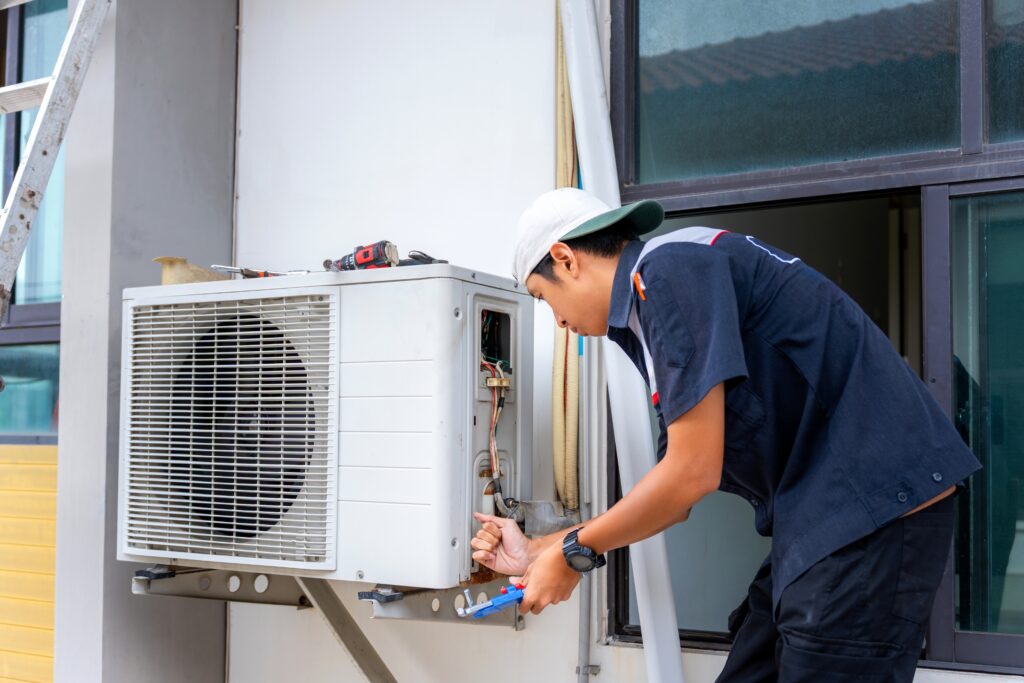
Overview – Manual vs Automated Estimate Workflow
Many HVAC companies have used paper-based methods for years to make service quotes and answer calls from customers. While technicians were out in the field taking notes, office staff would send follow-up emails later. Missed calls often meant missed chances. This old way of doing things causes delays, bottlenecks, and lost money.
With the rise of current HVAC CRM software, that whole process can be made easier. Automation speeds up the process of making quotes, handles follow-ups right away, and keeps track of all interactions in a single HVAC CRM system. Businesses that work with HVAC can keep track of questions, bids, and job schedules all from one site, so leads don’t get lost.
How Automation Reduces Missed Calls
One big way HVAC companies lose money is by missing calls. Every question that isn’t answered is a possible customer going to a rival. Businesses can react to leads right away, even when no one is available to pick up the phone, by using a GoHighLevel HVAC CRM with automatic call handling and message tools.
When a customer fills out an online “Request a Quote” form, for example, the CRM can send an SMS right away to let them know. If you miss a call, the system can send you a text message to keep the chat going. Some platforms even have call bots that are run by AI and check in with leads 24 hours a day, seven days a week. This quick response gets people interested right away and greatly raises the rate of conversion.
Integrating Web Forms and Pipelines in GoHighLevel
Being able to link web forms directly to sales processes is a key part of managing hvac crm automation. You can send new users to a process that fits the way your business works when they fill out a form on GoHighLevel. Every step, from “New Lead” to “Estimate Sent” to “Job Booked,” is tracked in real time.
Without this link, you won’t have to type in the information by hand. This keeps you from making mistakes and makes sure that no question is missed. Technicians and office workers can see what’s going on with each lead from a single screen. This makes it easy and effective for them to work together. This means that HVAC companies will have more time to provide good service and less time to look for papers.
Automated Quote to Job to Payment Flow
Any smart CRM can handle the whole customer journey right away, from the first price to payment. This is great for contracts. Buyers who still haven’t replied can be told right away after a quote has been made and sent. It can tell the techs what work needs to be done and let the customer know when the price is agreed upon.
It’s possible to bill and get paid right away after the job is done. This whole process cuts down on the work that people have to do and bridges the gaps between organizations. It helps HVAC companies get things done faster, so they don’t miss any opportunities, and it makes the customer experience more efficient.
How Follow-Ups Boost Conversion Rates
Even if the predictions are very good, it’s still important to follow up. Auto-follow-ups in an HVAC CRM are very helpful because customers often forget to answer or are busy. The method can get leads excited again without having to wait for staff to get back to them. You can do this with planned calls, texts, or emails.
HVAC companies can set up automatic texts that are friendly after a certain number of hours or days. In this case, if a price isn’t accepted within 48 hours, the system can send the customer a nice message and ask if there are any issues. When HVAC companies can talk to each other regularly and on time, they can get more done with less work.

Final Verdict
Once you automate your HVAC CRM, simple tasks become easy, scalable systems that don’t slow down growth. You can set up machines to do things like find leads, quote prices, book jobs, and follow up. This will speed up the process, make it more accurate, and put the customer first.
If you’re ready to eliminate bottlenecks and turn your HVAC business into a well-oiled machine, automate your HVAC operations with GoHighLevel.

